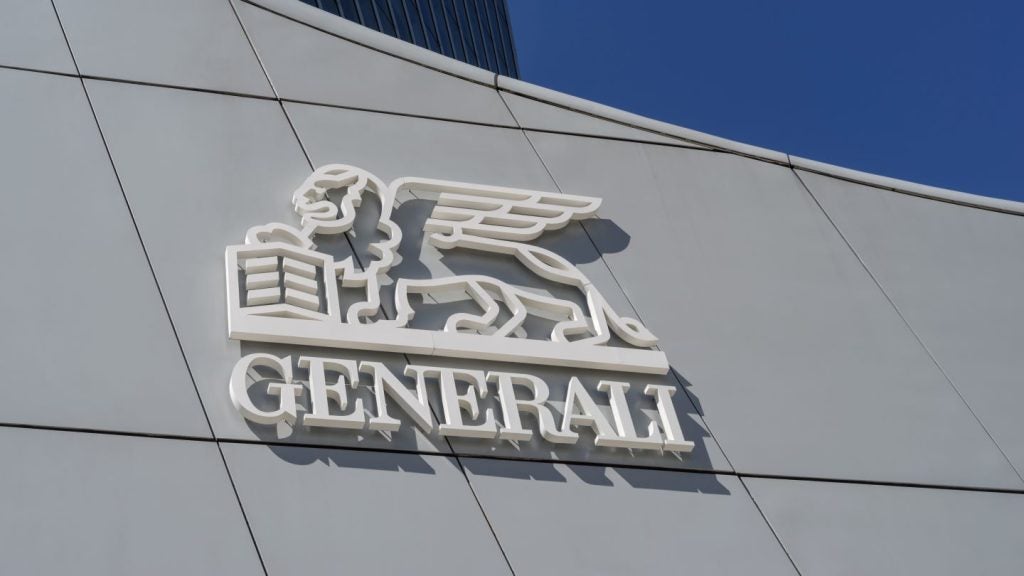Computer vision promises to improve the claims handling process and more accurately assess losses for insurers. Satellite images, drones, and more recently mobile robots are used to assess property damage. But the applications of computer vision in insurance are set to grow, boosted by technological improvements and improved efficiencies in hard-to-reach areas.
According to GlobalData’s thematic report, Computer Vision in Insurance, the global computer vision market will be worth $28bn in 2030, up from $3.5bn in 2019. Leveraging AI, computer vision analyses images and videos to identify objects and provide actionable insights. GlobalData’s 2020 Tech Trends Survey finds that 62% of insurance businesses worldwide are currently investing in AI. Meanwhile, over a third of insurance businesses (35%) believe that AI will significantly disrupt the industry.
The applications of computer vision in insurance are widening. Most recently, Farmers Insurance has announced plans to deploy a digital-controlled, four-legged robot to assist with property inspections and claims handling, including catastrophe claims. Farmers Insurance expects to be able to deploy the dog-style robot in fall 2021. It will be among the first US-based insurers to deploy a quadruped robot to assist in this way.
The value proposition of quadruped robots in insurance centres around the speed and safety they offer in conducting assessments and ultimately in loss adjustments. They can assess the state of hard-to-reach areas of land, where in-person assessments can compromise safety or are simply not viable. Thus, such robots allow for the use of new data in claims handling that has traditionally not been used. As a result, claims can be resolved more accurately, and faster, allowing for improved efficiencies.
Quadruped robots can navigate easily through rough terrain, aided by the various sensors that are fitted into their mechanism. Meanwhile, fitted cameras enable them to capture images. Moreover, while mobile robots can scan at ground level, in more complex cases, they can be supported by satellite images or drone technology to provide a more comprehensive view.
As climate change worsens, natural disasters are not only becoming more severe than in the past, but their frequency is also increasing. This is translating into extreme weather events such as hurricanes, floods, and tsunamis as well as non-weather natural disasters like earthquakes, volcanoes, and wildfires. The worsening of climate change will make mobile digital robots, as well as other computer vision technologies, more relevant in property.

US Tariffs are shifting - will you react or anticipate?
Don’t let policy changes catch you off guard. Stay proactive with real-time data and expert analysis.
By GlobalDataIn addition, computer vision applications will be boosted by technological developments, such as the increased availability of AI chips capable of handling more complex data. At the same time, customers will benefit from quicker claims processing and faster payouts.







